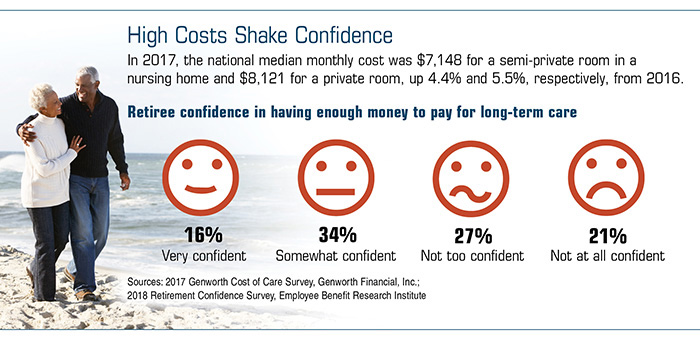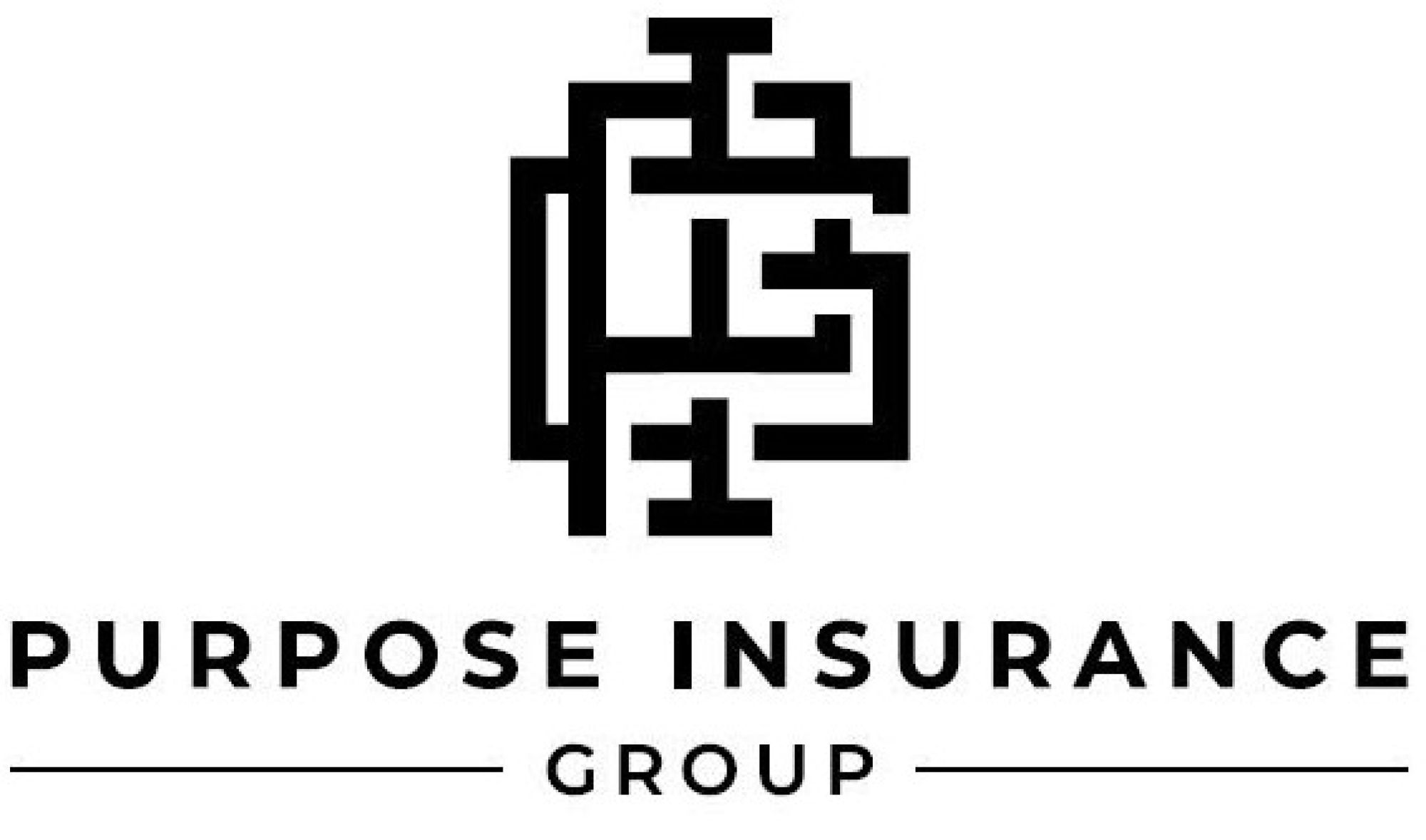The Only Guide to Pacific Prime
Table of ContentsWhat Does Pacific Prime Mean?Rumored Buzz on Pacific PrimeHow Pacific Prime can Save You Time, Stress, and Money.Pacific Prime Fundamentals Explained
In the majority of states, the insurance firm is needed to send you a duplicate of the modifications to your plan. It is essential that you read Recommendations or Motorcyclists so you recognize how your plan has actually altered and if the policy is still appropriate to satisfy your needs. To obtain a copy of your insurance coverage, please contact your insurance agent or business.
The Institute of Medication (IOM) Board on the Effects of Uninsurance launches an extended evaluation of evidence that addresses the significance of wellness insurance policy protection with the publication of this record. Protection Matters is the initial in a collection of 6 records that will be issued over the next two years documenting the truth and consequences of having actually an approximated 40 million people in the United States without health insurance policy protection.

The Best Guide To Pacific Prime
The goal of this series of studies is to refocus plan interest on a historical problem. Complying with the lengthiest economic expansion in American history, in 1999, an estimated one out of every 6 Americans32 million grownups under the age of 65 and greater than 10 million childrenremains uninsured (Mills, 2000).

Ten percent of the populace accounts for 70 percent of health and wellness treatment expenses, a correlation that has continued to be continuous over the previous three decades (Berk and Monheit, 2001) - international health insurance. Therefore medical insurance proceeds to offer the feature of spreading threat also as it significantly funds regular care. From the point of view of wellness treatment companies, insurance coverage carried by their clients helps secure an income stream, and communities benefit from monetarily viable and secure health care professionals and organizations
Government provides health insurance to populaces whom the personal market might not offer efficiently, such as handicapped and elderly persons, and populaces whose access to healthcare is socially valued, such as youngsters and expectant women. The utmost ends of health and wellness insurance coverage for the individual and communities, consisting of work environment communities of workers and employers, are boosted wellness outcomes and quality of life.
The Ultimate Guide To Pacific Prime
Employees rank health insurance policy first without a doubt in importance amongst all the benefits offered in the work environment (Salisbury, 2001). Although there have actually been sizable investments of personal and public funds to supply medical insurance, lots of people still have no coverage. In spite of extensive reporting of study findings and healthcare study results, the general public stays overwhelmed and misinformed regarding Americans without health and wellness insurance and the effects of doing not have coverage.

Without doubt, the complexity of American healthcare funding mechanisms and the wealth of resources of details include in the public's complication and apprehension about medical insurance data and their analysis. This record and those that will certainly adhere to objective to boil down and provide in conveniently understandable terms the considerable study that bears upon inquiries of health insurance coverage and its significance.
Fifty-seven percent of Americans surveyed in 1999 believed that those without wellness insurance policy are "able to get the care they need from physicians and medical facilities" (Blendon et al., 1999, p. 207). In 1993, when national interest was concentrated on the issues of the uninsured and on pending healthcare legislation, just 43 percent of those questioned held this idea (Blendon et al., 1999).

They also obtain less precautionary services and are much less most likely to have routine take care of persistent problems such as high blood pressure and diabetes mellitus. Persistent diseases can cause expensive and disabling issues if they are not well taken care of (Lurie et al., 1984; Lurie et al., 1986; Ayanian et al., 2000). One national survey asked more than 3,400 grownups concerning 15 very major or morbid problems.
The Of Pacific Prime
Added evidence exists later in this phase in the conversation of insurance policy and accessibility to healthcare. https://anotepad.com/notes/23abm5wr. People without health insurance policy are young and healthy and select to do without protection. Almost fifty percent (43 percent) of those surveyed in 2000 believed that people without medical insurance are much more most likely to have health issue than people with insurance policy
Citizens and policy makers in focus team discussions define those without insurance as young people that have the opportunity to be covered and feel they do not need it (Concierge Novelli, 2001). Contrasted to those with a minimum of some private insurance coverage, the uninsured are much less likely to report being in outstanding or great health (Agency for Medical Care Research and Quality, 2001).
SOURCE: Facility for Price and Financing Research Studies, Firm for Healthcare Research and Top quality, based upon MEPS data. Young adults in between 19 and 34 are even more likely to lack medical insurance than any various other age group. This is primarily due to next page the fact that they are less typically qualified for employment-based insurance policy due to the nature of their job or their brief tenure in it.
The perception that people without insurance have better-than-average wellness adheres to from perplexing the reasonably young age account of the without insurance with the better health, on average, of younger persons. This obscures the link between health status and medical insurance. For those without access to workplace health insurance, poor health and wellness is a possible obstacle to acquiring nongroup coverage since such protection may be extremely priced, exclude pre-existing problems, or be just unavailable.